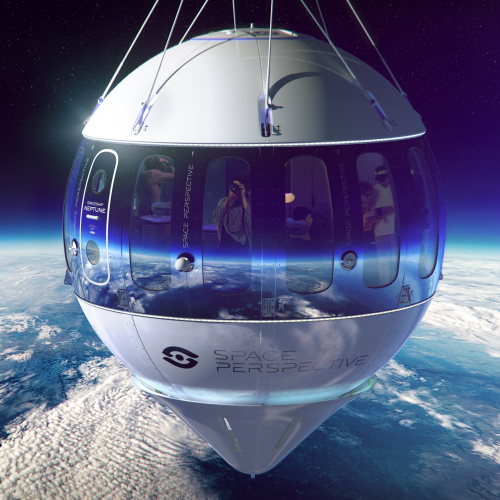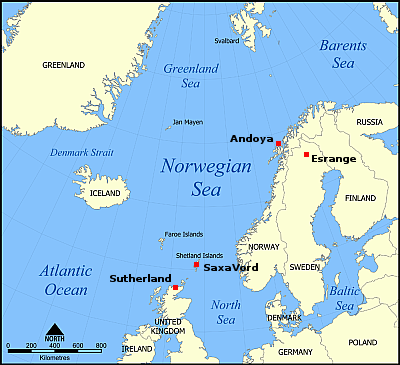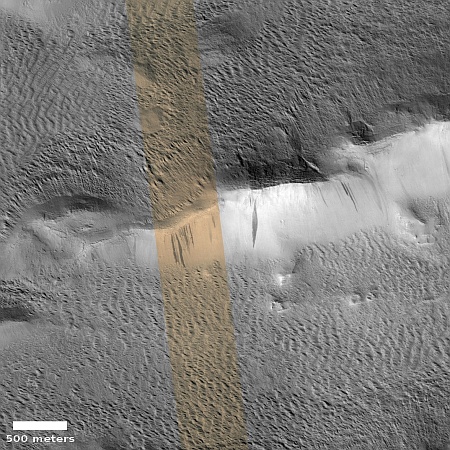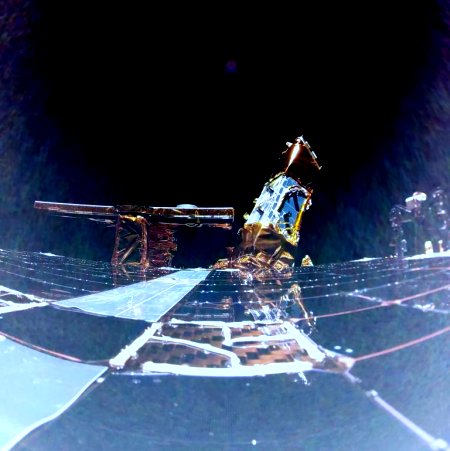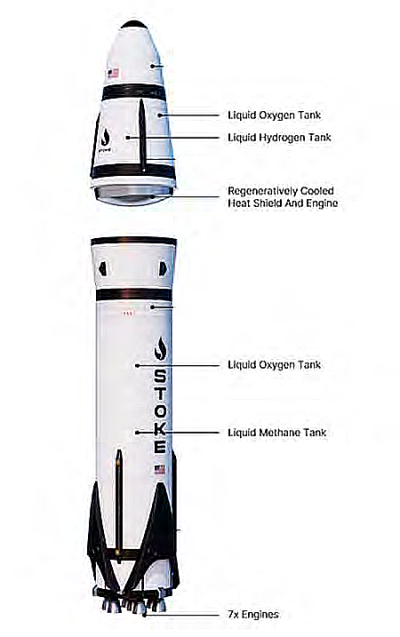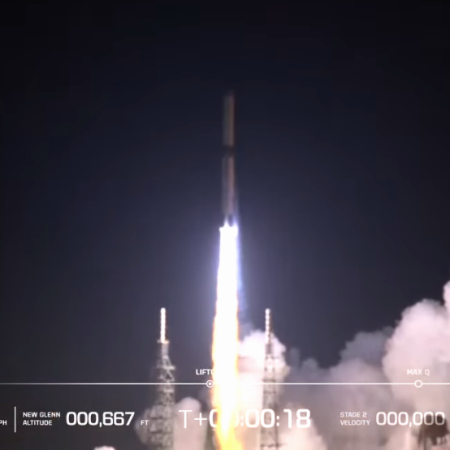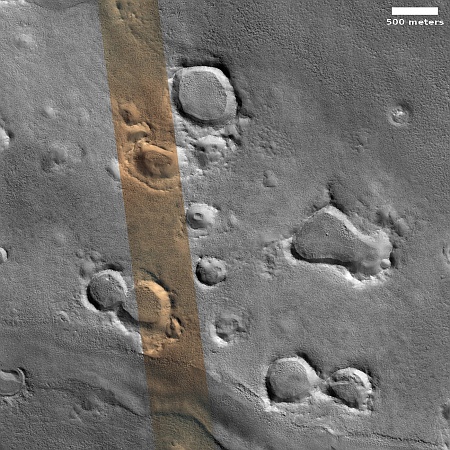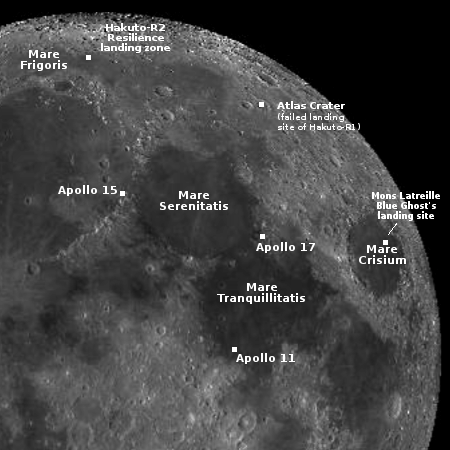January 17, 2025 Zimmerman/Pratt on Texas appearance
I recorded a nine minute segment for Robert Pratt that he aired today talking about the significant launch events this week, involving three Texas companies, SpaceX, Blue Origin, and Firefly. You can find it here, about ten minutes into the show’s second segment. I have also embedded the show below, with my segment beginning at 11:15.
» Read more
I recorded a nine minute segment for Robert Pratt that he aired today talking about the significant launch events this week, involving three Texas companies, SpaceX, Blue Origin, and Firefly. You can find it here, about ten minutes into the show’s second segment. I have also embedded the show below, with my segment beginning at 11:15.
» Read more



